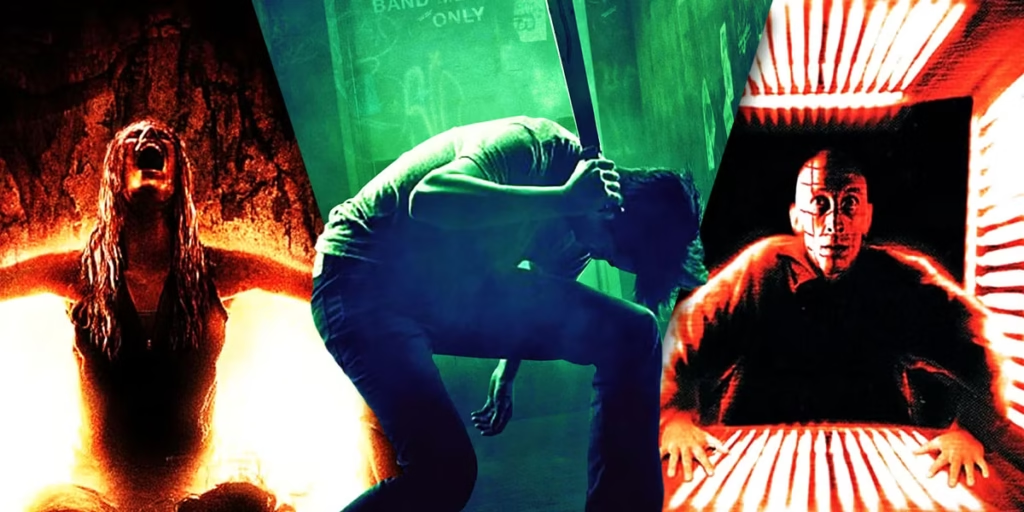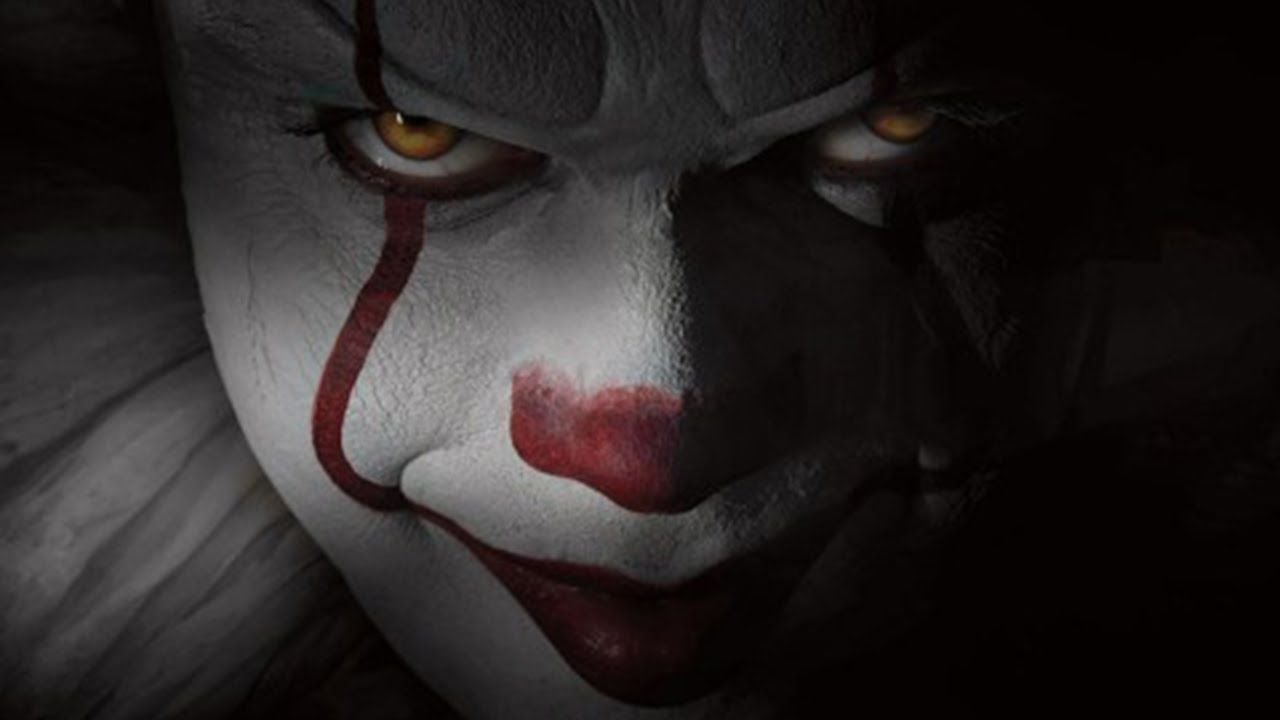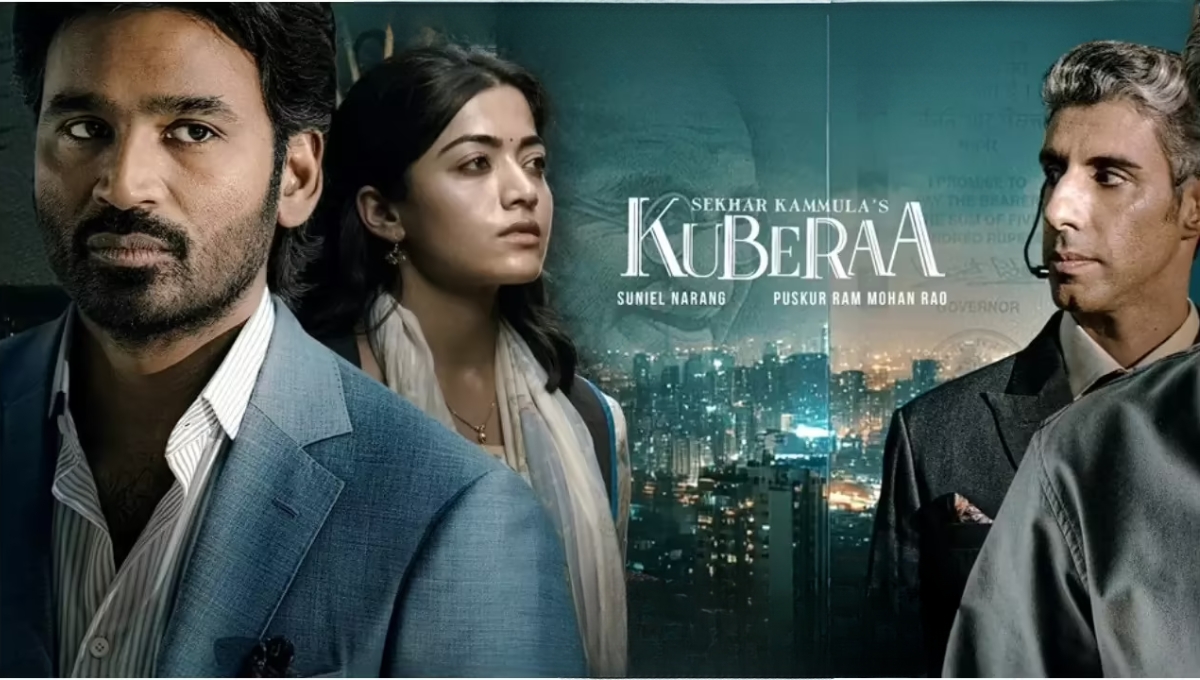The horror persists but so do I” is a modern mantra of resilience, symbolizing the ongoing fight against internal and external struggles in a chaotic world. In 2025, it has evolved into a phrase of empowerment for those battling anxiety, trauma, and existential dread while still choosing to move forward with courage.
In a world filled with uncertainty, grief, and invisible battles, one statement echoes louder than ever in 2025 — “The horror persists but so do I.” This phrase isn’t just poetic; it has become a rallying cry for millions navigating trauma, mental health issues, loss, and social unrest. While horror takes many forms — from personal demons to societal breakdown — the spirit of human endurance stands unshaken.
This blog dives deep into the emotional resonance of this phrase, why it matters today, how people are embracing it to rebuild their lives, and ways to apply it to your own healing journey.
Understanding the Meaning: What Does “The Horror Persists But So Do I” Truly Signify?
At its core, this statement is about resilience through darkness. Horror doesn’t only refer to literal terror but symbolizes emotional, psychological, or existential suffering. Whether it’s war, personal trauma, depression, or climate anxiety, the world in 2025 is not short of horrors. But the phrase ends with a defiant affirmation — “but so do I.”
It’s a reminder that pain and fear don’t define your worth or your future. You are still here. Still breathing. Still trying.
The Phrase in 2025: Why It’s So Relevant Today
The rise in mental health awareness globally has allowed people to give language to their pain. According to World Health Organization (WHO), depression affects more than 300 million people worldwide. Add to that the lasting effects of the pandemic, war zones, climate change, and socio-economic challenges, and you find a global community looking for emotional anchors.
Key Reasons for Its Popularity in 2025:
- Ongoing global crises: From political instability to environmental disasters.
- Increased loneliness and anxiety in the digital age.
- Cultural embrace through TikTok, Instagram poetry, and Reddit support groups.
- Celebrity advocacy: Artists and influencers have adopted this line to share their mental health journeys.
This phrase now appears on t-shirts, tattoos, mental health forums, and even therapeutic spaces — proving its emotional relevance and staying power.
Surviving in a World That Feels Like a Horror Show

Common Forms of Modern Horror People Face
1. Internal Struggles
- Depression
- PTSD
- Anxiety disorders
- Negative self-talk and intrusive thoughts
2. Societal Challenges
- Poverty
- Discrimination
- Political unrest
- Gun violence and war trauma
3. Global Existential Threats
- Climate change fears
- AI and job displacement
- Post-pandemic isolation
And yet, despite all this, people continue to show up. To endure. To heal. To resist.
How People Are Coping: Stories of Strength and Survival
Let’s look at how individuals across the world are reclaiming control over their lives despite daily horrors.
- Nina from Delhi, India: Lost her job during the recession but now runs a small online art business that spreads healing messages.
- Jake from California: A PTSD survivor from military service who now hosts support groups through online platforms.
- Fatima from Syria: Resettled in Germany and advocates for mental health awareness in refugee communities.
These stories — and millions more — are proof that even when horror knocks repeatedly, so does human resilience.
The Psychology Behind the Phrase
The power of this phrase also lies in psychological science. Studies show that affirmations and positive self-talk can rewire neural pathways. Saying “I persist” activates resilience-building regions of the brain, even in the face of trauma.
Why the Phrase Works:
- It acknowledges the pain (“the horror persists”) without denying it.
- It adds a hopeful counterweight (“but so do I”).
- It creates a mental framework of survival, not victimhood.
This duality makes the phrase emotionally balanced, realistic, and powerful.
How to Integrate This Mantra into Daily Life
If “The horror persists but so do I” resonates with you, here are practical ways to apply it to your journey:
1. Create a Daily Journal Prompt
Write one thing you survived today, no matter how small.
2. Use It as a Morning Affirmation
Look in the mirror and say it aloud. Repetition builds belief.
3. Design Your Space With It
Use the phrase in wall art, mobile lock screens, or vision boards.
4. Join Mental Health Communities
Platforms like 7 Cups and Reddit offer spaces to share, heal, and support others.
What the Experts Say
According to clinical psychologist Dr. Anita Kaur, “Mantras like ‘the horror persists but so do I’ provide an emotional outlet while fostering emotional regulation. It allows people to recognize their distress without succumbing to it.”
Mental health professionals worldwide now encourage clients to embrace grounding affirmations as a part of Cognitive Behavioral Therapy (CBT) and trauma healing.
Pop Culture and Literary Influence
The popularity of this phrase isn’t accidental. It’s inspired by a growing genre of trauma-informed poetry, dark aesthetics, and introspective storytelling.
- Books like “Milk and Honey” by Rupi Kaur and “The Body Keeps the Score” by Bessel van der Kolk have laid the foundation.
- TV shows like “BoJack Horseman” and “The Bear” explore themes of emotional persistence in chaotic worlds.
- Song lyrics from artists like Billie Eilish and Phoebe Bridgers often echo this idea of surviving internal storms.
This phrase feels like a literary torch passed down, keeping souls lit in dark rooms.
The Role of Self-Compassion
Many people feel shame for not “having it all together.” This phrase allows for grace — for recognizing you’re doing your best in a brutal world.
According to Kristin Neff, self-compassion improves resilience, well-being, and emotional clarity. So every time you say “but so do I,” you’re practicing mental survival and emotional intelligence.
Conclusion: A New Way to See Yourself in 2025
The horror persists — that is true. But so do you — and that’s extraordinary. In a year that continues to test humanity, the power of enduring, healing, and staying becomes revolutionary.
So wear the phrase like armor. Whisper it when needed. Let it remind you that survival is strength, not shame.
💬 If this message spoke to you, share this post with someone who needs hope today.
🔖 Bookmark it for those hard nights.
📥 Subscribe to NewsNominal for more articles on resilience, healing, and navigating modern life.
FAQs About “The Horror Persists But So Do I”
1. What does “the horror persists but so do I” mean?
It means enduring pain, trauma, or difficult life situations with resilience. It acknowledges ongoing struggles while affirming continued existence and effort.
2. Who popularized this phrase?
While not attributed to one person, it gained popularity through online mental health communities, poetry, and social media platforms like TikTok and Tumblr.
3. Is this phrase related to mental health recovery?
Yes, it’s often used as a healing affirmation in mental health journeys, especially in dealing with anxiety, PTSD, and depression.
4. Can I use this phrase as a tattoo or mantra?
Absolutely. Many find it personally meaningful and use it in tattoos, journals, or daily affirmations for grounding and strength.
5. Why is this phrase trending in 2025?
Increased global awareness of mental health, emotional trauma, and the need for self-compassion have made it resonate deeply with younger and older generations alike.







